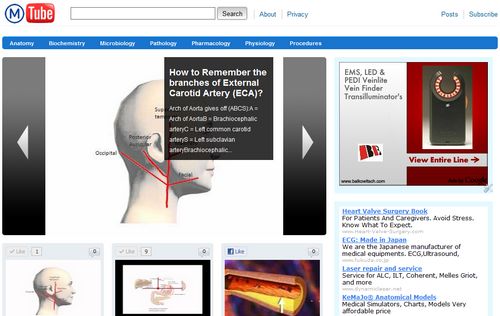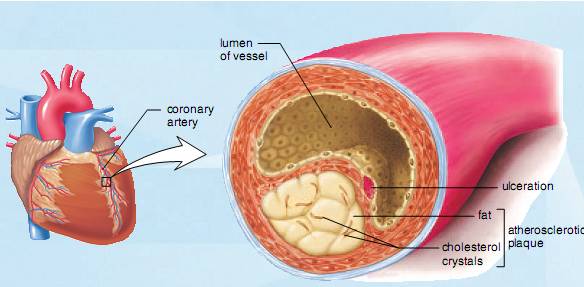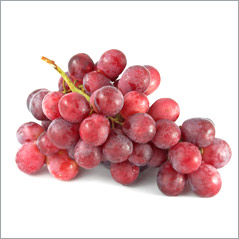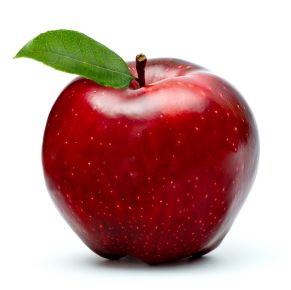Natural sources of Antioxidants: Fruits and vegetables

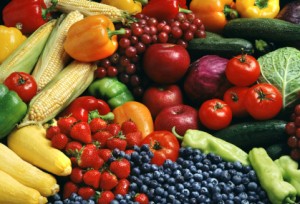
The vitamins C, E and beta-carotene (converted to vitamin A in the body), are especially abundant in fruits and vegetables and seem to have a special function in cells. Cellular metabolism generates free radicals, unstable molecules that can attack and damage other molecules, such as DNA, proteins (e.g. enzyme), carbohydrates, and lipids, that are found in plasma membranes. The damage to these cellular molecules may lead to disorders (premature aging, gray hair, cataracts, inflammation, neurodegenerative diseases such as parkinson’s diseases, alhzeimer and senile dementia), perhaps even cancer. In addition, plaque formation in arteries may begin when arterial linings are injured by damaged cholesterol molecules.
The most common free radical in cells is oxygen in the unstable form O32. Mainly vitamins C and E (and possibly beta-carotene) are believed to defend the body against free radicals, and therefore are termed antioxidants.
An antioxidant is a molecule capable of inhibiting the oxidation of other molecules. The body can also produce antioxidants by itself, so-called endogenous antioxidants. Antioxidants foods improves the body’s ability to produce these endogenous antioxidants.
Vitamins are vital to life because they play essential roles in cellular metabolism. Because the body is unable to produce them, vitamins must be present in the diet. Vitamins are organic molecules, but they differ radically from carbohydrates, fats, and proteins. They are much smaller in size and are not broken down to be used as building blocks or as a source of energy. Instead, the body protects them and provides many of them with protein carriers that transport them in the blood to the cells. In the cells, vitamins become helpers in metabolic processes that break down or synthesize other organic molecules. Because vitamins can be used over and over again, they are required in very small amounts only.
To receive adequate amounts of these vitamins, you should eat at least five servings of fruits (berries, pomegranate,grape, orange, plum, pineapple, kiwi fruit, grapefruit, apricots, prunes, dates) and vegetables (kale, chili pepper, red cabbage, peppers, parsley, artichoke, brussels sprouts, spinach, lemon, ginger, red beets) daily. Brighter the color, more useful vitamins you will get from eating it. Any one of the following is considered “one serving”:
- 1 cup of raw leafy greens, such as lettuce or spinach
- 1⁄2 cup of raw or cooked vegetables, such as broccoli, cauliflower, peas, green beans, and so on
- 1 average carrot or 1 medium potato
- 1 medium apple, orange, banana, or similar-sized fruit
- 1⁄2 cup of grapes or cut fruit, such as diced pineapple
- 1⁄4 cup of dried fruit, such as raisins
- 3⁄4 cup of pure fruit or vegetable juice
Other Natural sources of Antioxidants:
- Green tea
- Coffee
- Dark chocolate
- Nuts and seeds (Pecans, walnuts, hazelnuts, ground nut or peanuts, sunflower seeds)
- Cereals (barley, brown rice, buckwheat, bulgur, millet, oatmeal, popcorn, whole-wheat bread, pasta and crackers)
- Legumes (beans)
- Spices (cloves, cinnamon, oregano)
Certain minerals form the structure of metalloenzymes, which serve as antioxidants. Glutathione peroxidase, a major intracellular antioxidant, contains the mineral selenium in its structure. Superoxide dismutase, another antioxidant enzyme, contains either magnesium or copper and iron.
How to include antioxidants in diet?
- Take fruits and vegetables as snacks
- Garnish your meal with parsley, coriander and dill.
- Use spices in food
- Stir fry is a preferred method of cooking
Dietary supplements may provide a potential safeguard against cancer and cardiovascular disease, but taking supplements instead of improving your intake of fruits and vegetables is not the solution. Antioxidants are considered inferior as dietary supplements compared to pure food. Fruits and vegetables provide hundreds of beneficial compounds that cannot be obtained from a vitamin pill. These beneficial compounds include flavonoids and plant phenolics such as those found in red wine. These substances enhance each other’s absorption or action and perform independent biological functions.

